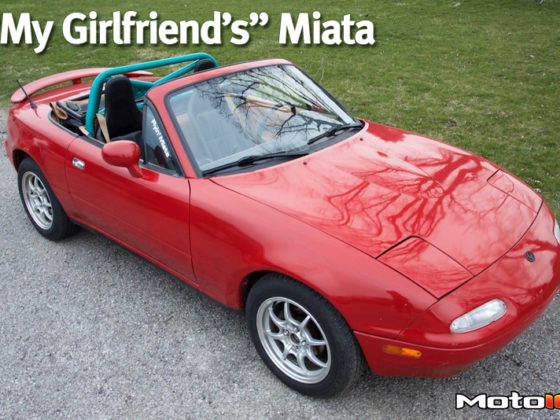,

Our accommodations? Two tents full of air mattresses. It was actually quite nice, although perhaps next year we will move them farther away from the track to cut down on the noise. You can see the sun setting on the first day of racing, as we took it into the night.

That’s right – night driving. A 24-hour race means that nearly half of the time you are driving it is dark. NOLA’s kart track has some of its own lighting and Endurance Karting brought lights, too. There were still many dark areas. You can see Ainsley wearing our team’s glowing red wrist bands. This helped us identify her on track in the dark. We had one-way radio communication from the pit to the driver so that we could relay lap times, track status and other information. It came in handy to know when the faster class drivers were bearing down on you.

Teams got creative with everything at the 24 Hours of America, including lighting. Everyone seemed to have a different idea about what to do, and these green LEDs definitely kept the #24 visible at all points of the track.

4AM driver change. Each driver was responsible for ensuring that they carried the right amount of weight in the car, and each driver had to weigh in after their stint. Various weights litter the ground on the left. Ainsley is taking over from Sam, and they fortunately carried the same weight, so no real work had to be done. Stints were limited to 45 minutes maximum, and the clock starts for the next driver as soon as the team’s kart comes off the track. This meant teams had to keep close account of driving durations so as to not receive penalty laps for going over on time. Drivers could do multiple stints back to back so long as they honored the 45 minute window and came into the pits for a stop-and-go.
In addition to driver changes, teams were required to change out their karts a minimum of 12 times. This was a new system for this year, as previous years involved mandatory maintenance stops. Kart changes meant potentially a slightly different handling vehicle, but also meant a kart with a full tank of fuel. Run time was fuel-limited to about 2.5 hours and teams had to ensure that they did not run out of fuel on course. Getting stuck with an empty tank meant a 10-lap penalty!

Sunrise on the second day of racing. At this point, teams were very weary. Greed combined with fatigue meant that mistakes started to be made. Incredibly, the first two race positions in the pro class were separated by barely a lap after over 20 hours of racing!

How do you survive a night of racing? Caffeine of course. And sugary snacks. And adrenaline. And willpower. And stubbornness.



